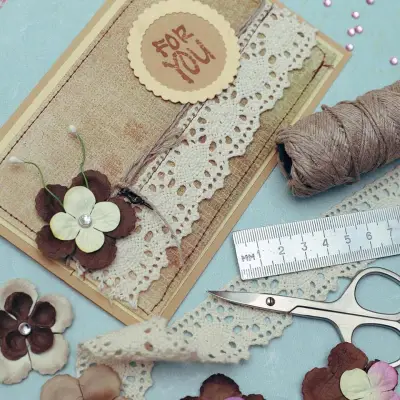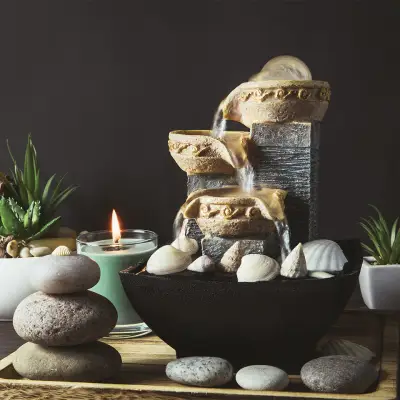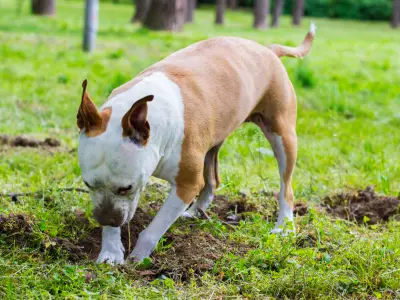There’s nothing worse than being in the middle of baking and looking down to see a lumpy, grainy mess instead of a smooth cake batter. A curdled cake mixture can leave even the most experienced bakers feeling perplexed and frustrated. But don’t panic – while it may look disastrous, a curdled cake mixture can often be saved, and with a few simple techniques, you can get back on track and still achieve a light, fluffy cake.
In this guide, we’ll walk through what curdling is, why it happens, how to fix it, and how to prevent it from occurring in the future. Whether you’re dealing with lumpy cake batter or split cake mix, we’ve got you covered.
Jump to:
- What Does it Mean When a Cake is Curdled?
- Common Reasons Why Your Cake Mixture Has Curdled
- Why Does My Cake Mix Look Like Scrambled Eggs?
- Can You Still Use Curdled Cake Mix?
- How to Rescue a Curdled Cake Mix
- What Happens If You Bake Curdled Cake Mixture?
- How to Make Sure Your Cake Mix Doesn’t Curdle in Future
- Study Our Cake Baking and Decorating Diploma for £29
Recommended for you!
Best SellersWhat Does it Mean When a Cake is Curdled?
A curdled cake mixture is one that has developed a grainy, separated texture rather than a smooth and creamy consistency. This typically happens when the ingredients, particularly butter and eggs, don’t combine properly. Instead of emulsifying, the fat and liquid ingredients separate, resulting in a lumpy, unappealing mixture.
It might look like scrambled eggs or cottage cheese and can feel a bit like a baking nightmare, but it’s a common problem that can usually be fixed.
Common Reasons Why Your Cake Mixture Has Curdled
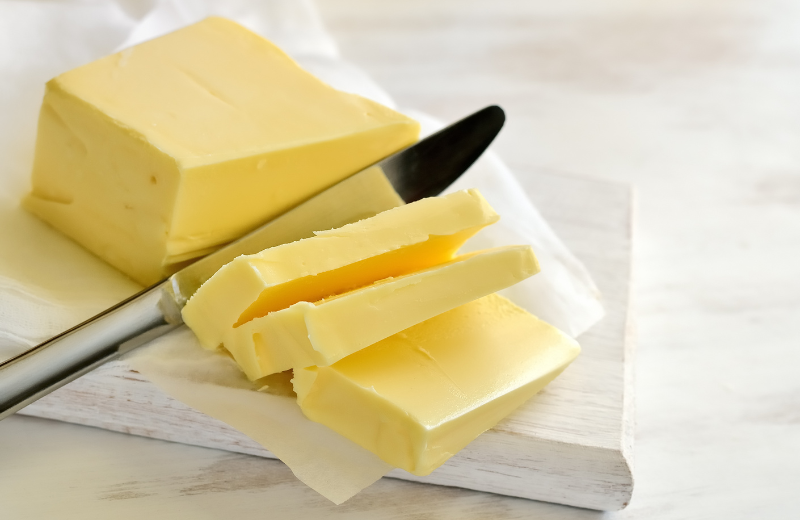
When your cake mixture curdles, it’s usually a sign that something has gone slightly off course during the mixing process. Fortunately, once you understand why it happens, it’s much easier to prevent it. Here are the most common culprits behind a curdled cake mixture and how to fix each one:
1. Cold Ingredients
If your butter, eggs, or other wet ingredients are too cold, they won’t blend smoothly, causing the batter to curdle. Cold butter is particularly problematic as it doesn’t emulsify well with room temperature ingredients, leading to a lumpy, separated mixture.
How to Fix It: Allow all ingredients to come to room temperature before you start mixing. Butter should be soft enough to press a dent into but not melting. Eggs can be quickly brought to room temperature by placing them in warm (not hot) water for 5-10 minutes.
2. Adding Eggs Too Quickly
Adding eggs too quickly can overwhelm the creamed butter and sugar mixture, causing it to split. The fat cannot absorb the liquid as fast as it’s being added, resulting in a curdled appearance.
How to Fix It: Add eggs one at a time, beating well after each addition. If the mixture starts to curdle, add a tablespoon of flour and beat until smooth before adding the next egg. This helps stabilise the batter and prevent further curdling.
3. Incorrect Ingredient Ratios
A cake mixture may curdle if the ratio of fat to liquid is off. Too much liquid, especially when added too quickly, can break the emulsion and cause the batter to separate.
How to Fix It: If your mixture is too wet, add a tablespoon of flour and mix gently until the batter becomes smooth again. Be cautious not to overcorrect by adding too much flour, as this can result in a dense cake.
4. Overmixing the Batter
Overmixing the batter can break down the structure of the fat, causing it to separate from the liquids. This is particularly common when using a high-speed mixer or beating the batter for too long.
How to Fix It: Mix at a low speed and only for as long as necessary to combine the ingredients. If you notice the batter curdling, reduce the speed and add a tablespoon of flour to bring it back together.
5. Expired or Low-Quality Ingredients
Old or poor-quality butter can split more easily, as can eggs that are nearing their expiry date. Ingredients that have lost their freshness may not blend as smoothly as they should.
How to Fix It: Always check the expiry dates on your ingredients before baking. If your butter is very soft or starting to separate, it may be too old to use effectively. Opt for fresh, high-quality ingredients for the best results.
6. Inadequate Creaming of Butter and Sugar
If the butter and sugar are not properly creamed at the start, they won’t form a stable base to incorporate the eggs and other liquids. This can lead to a curdled, lumpy mixture.
How to Fix It: Cream the butter and sugar together until light, pale, and fluffy. This can take several minutes, so be patient and ensure the mixture is well-combined before moving on to the next step.
7. Too Much Butter
Excessive butter can also cause curdling, as the fat content overwhelms the structure of the batter, preventing it from emulsifying properly.
How to Fix It: Double-check your measurements to ensure you haven’t added too much butter. If the batter is already curdled, add a tablespoon of flour and beat gently until the mixture smooths out.
Why Does My Cake Mix Look Like Scrambled Eggs?
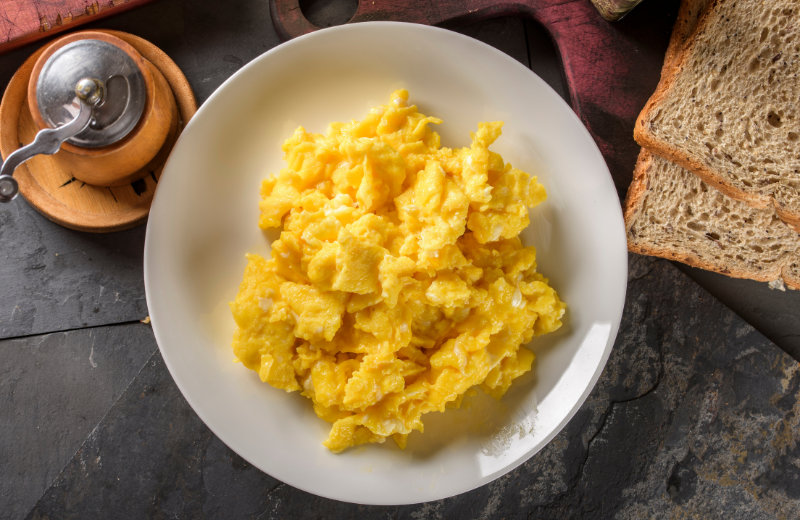
A cake mixture can resemble scrambled eggs when the fat and water components fail to combine. This usually happens because of a temperature difference between the butter and eggs or because the eggs were added too quickly. When the butter and eggs don’t emulsify properly, the mixture breaks apart, leading to that scrambled egg appearance.
Can You Still Use Curdled Cake Mix?
In many cases, a curdled cake mix can still be used. The end texture of the cake may not be as fine or airy as it would be with a perfectly smooth batter, but it’s not necessarily ruined. The key is to correct the curdling before proceeding with the baking process.
However, if the batter is excessively curdled, with large, stubborn lumps of butter or a very greasy texture, it may be better to start over.
How to Rescue a Curdled Cake Mix
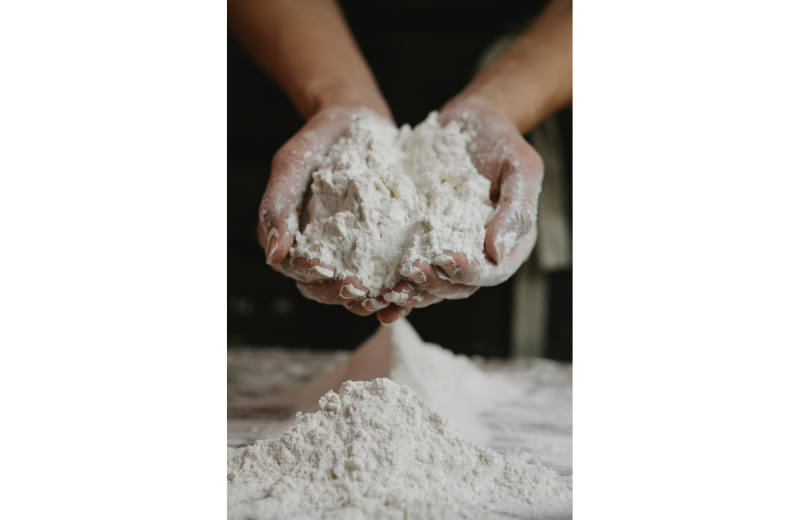
If your cake mixture has curdled, don’t panic. Here are some tried-and-tested methods to fix it:
- Add a Spoonful of Flour: Add a tablespoon of flour to the curdled batter and gently mix until the lumps dissolve. The flour helps to bind the fat and liquid, smoothing out the mixture.
- Warm the Mixture Slightly: If the curdling is due to temperature differences, try gently warming the bowl by placing it over a pot of warm water (a makeshift double boiler). Stir continuously until the batter becomes smooth again.
- Blend It Out: If the curdling is severe, use a hand mixer or a blender on low speed to bring the mixture back together. Be cautious not to overmix.
- Add a Splash of Milk: If the mixture is too thick or dry, add a small amount of milk or cream and beat it in gradually. This can help to re-emulsify the ingredients.
- Check for Ingredient Ratios: If the batter is still not coming together, check to ensure you haven’t added too much liquid or too little flour. Adjust as necessary to achieve a balanced consistency.
What Happens If You Bake Curdled Cake Mixture?
Baking a curdled cake mixture can result in a dense, heavy cake with an uneven texture. The cake may also have pockets of butter that can lead to greasy spots or even large, unsightly air pockets.
If the curdling is minimal and you manage to smooth it out, the cake will likely turn out fine. However, if the batter is severely curdled, the texture will be compromised, and the cake may not rise properly.
Recommended for you!
Best SellersHow to Make Sure Your Cake Mix Doesn’t Curdle in Future
Preventing a curdled cake batter is often easier than fixing it. Here’s how to keep your batter smooth and creamy every time:
- Bring Ingredients to Room Temperature: Ensure that your butter, eggs, and other wet ingredients are all at the same temperature before mixing. Cold butter and warm eggs are a recipe for curdling.
- Add Eggs Slowly: Beat in eggs one at a time, allowing each one to fully incorporate before adding the next. This helps maintain a stable emulsion.
- Use Fresh Ingredients: Check the expiry dates on your butter and eggs. Old or rancid ingredients can disrupt the emulsion and cause curdling.
- Don’t Overmix: Mixing at a low speed and only as long as necessary will prevent the fat from breaking down and separating.
- Avoid Excessive Liquid: If the recipe calls for milk or other liquids, add them gradually and in small amounts to prevent the batter from becoming too wet.
Study Our Cake Baking and Decorating Diploma for £29
Once you understand what makes cake mix curdle, you’ll feel more confident tweaking recipes and spotting where things went wrong.
If you’re passionate about baking or want to develop your skills further, the Cake Baking and Decorating Diploma Course from Centre of Excellence is a fantastic next step. It’s designed to suit all levels – whether you’re just starting or looking to master advanced techniques. And right now, you can enrol for just £29.






